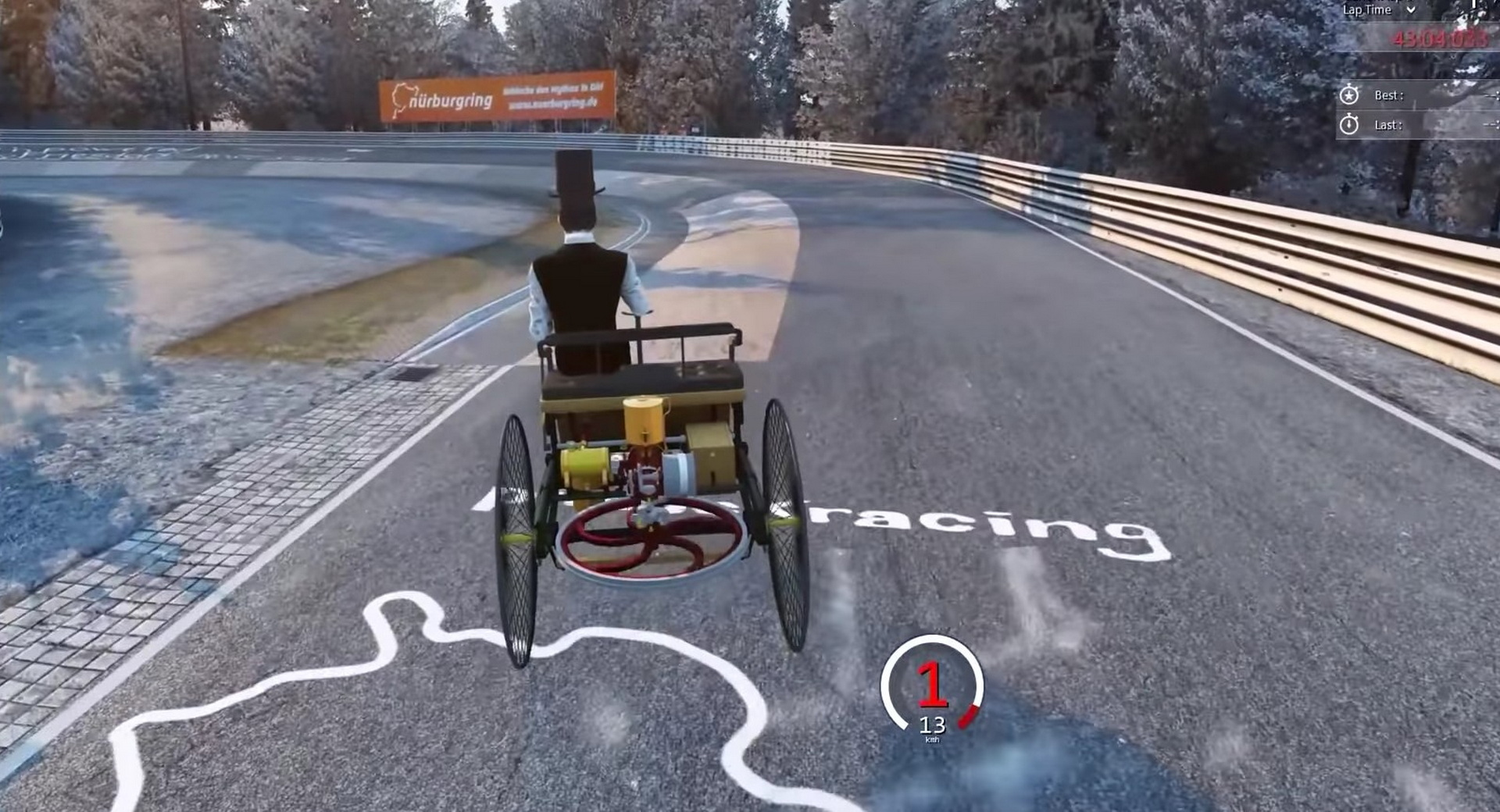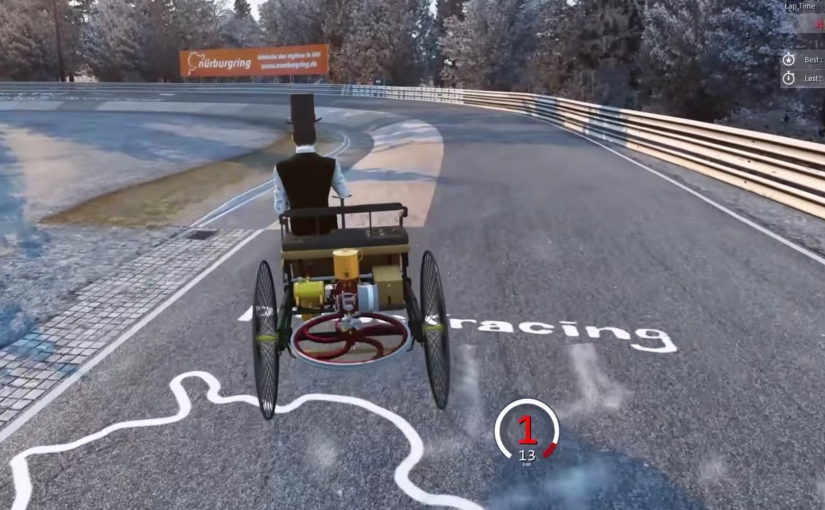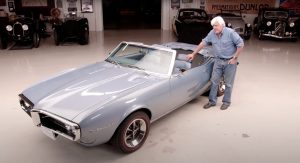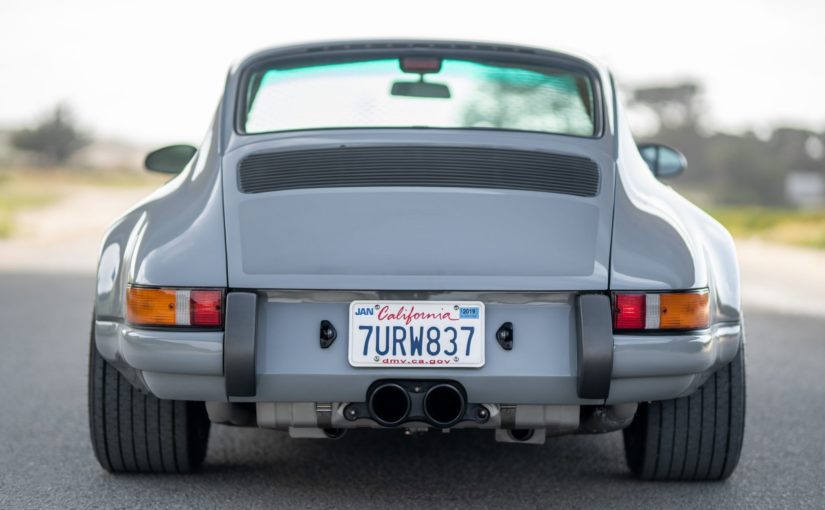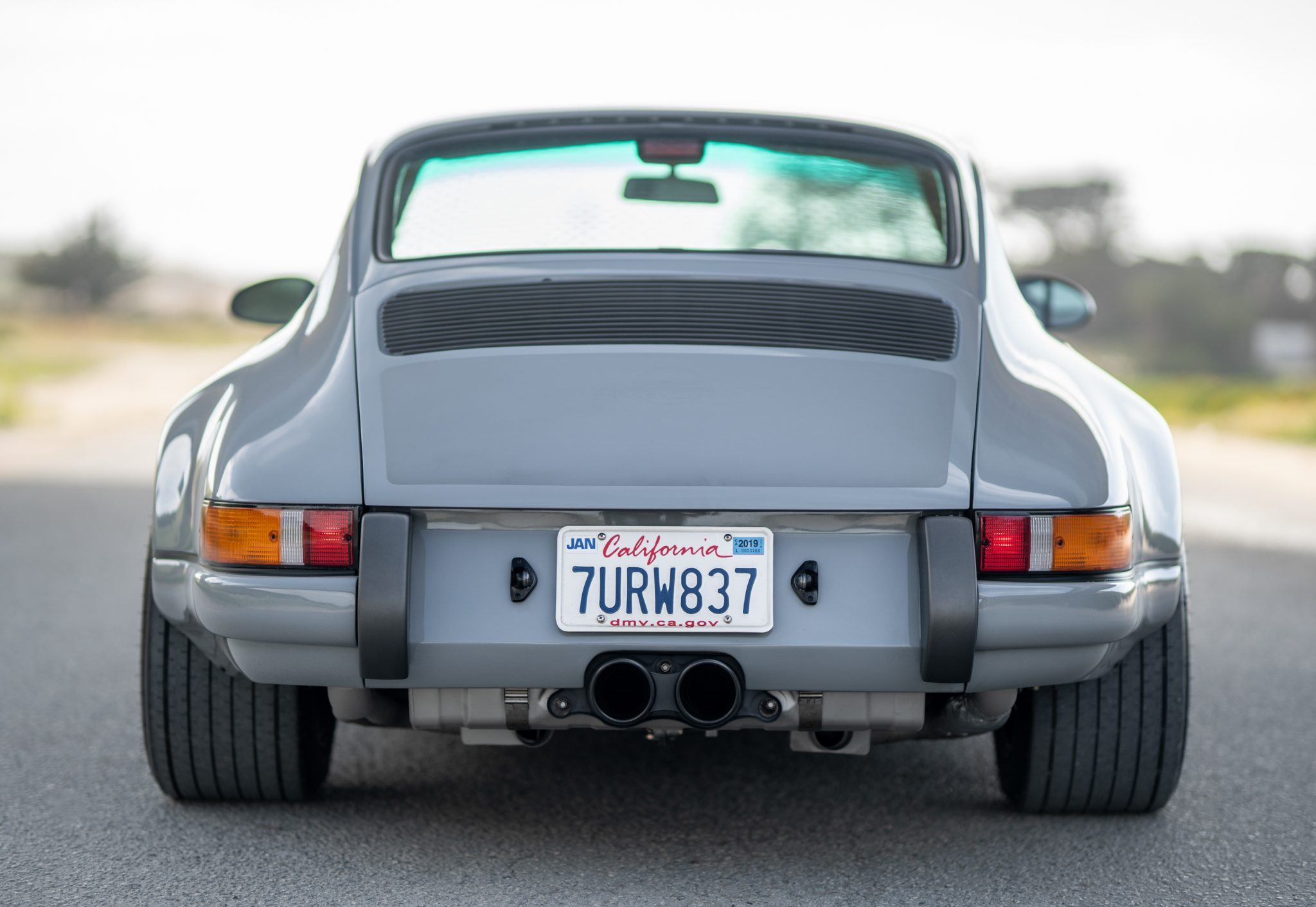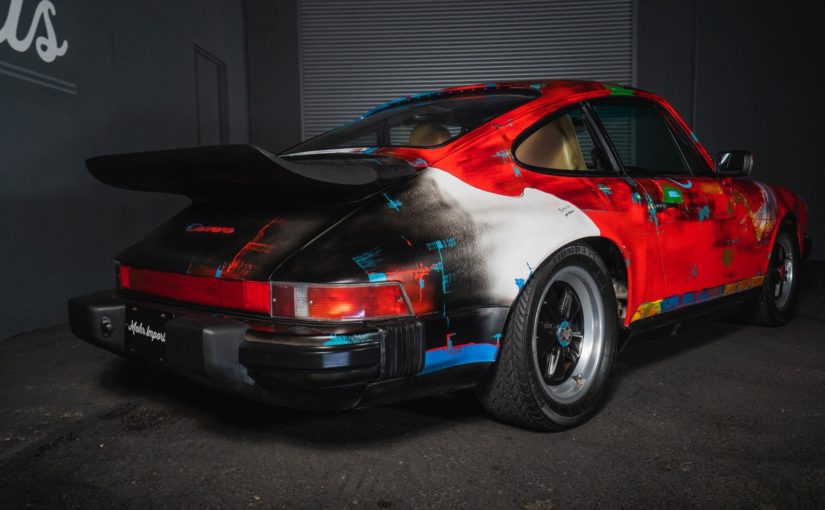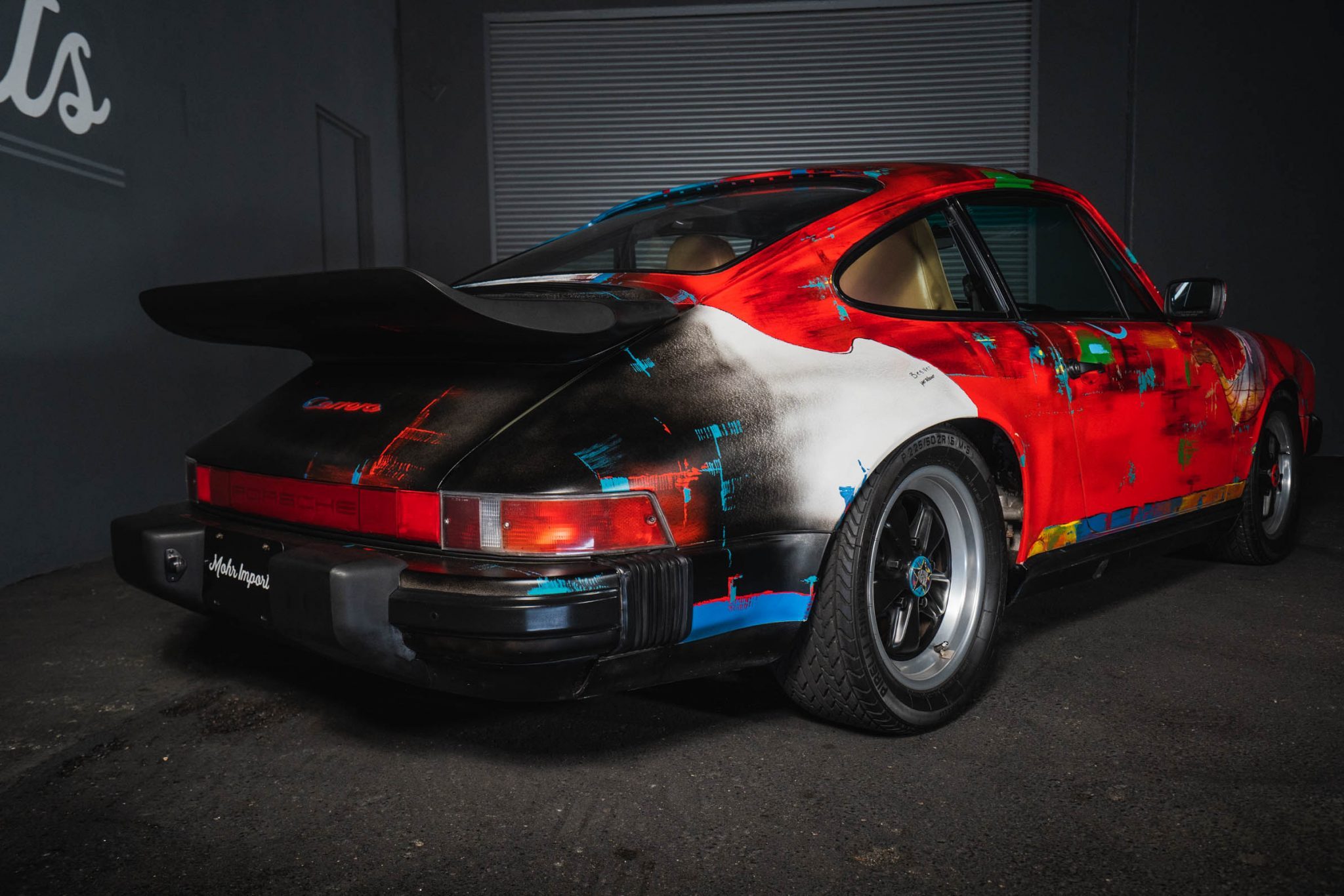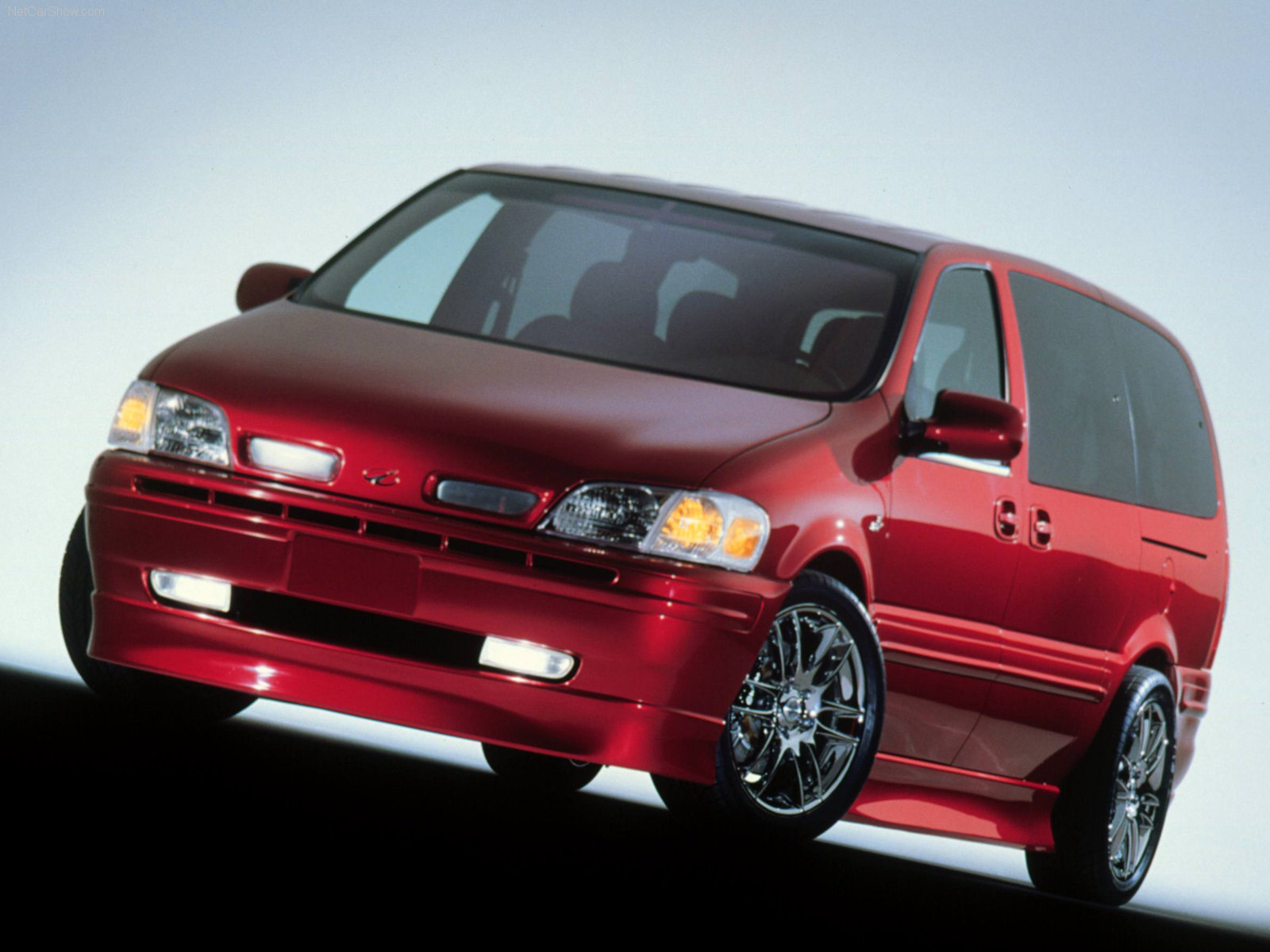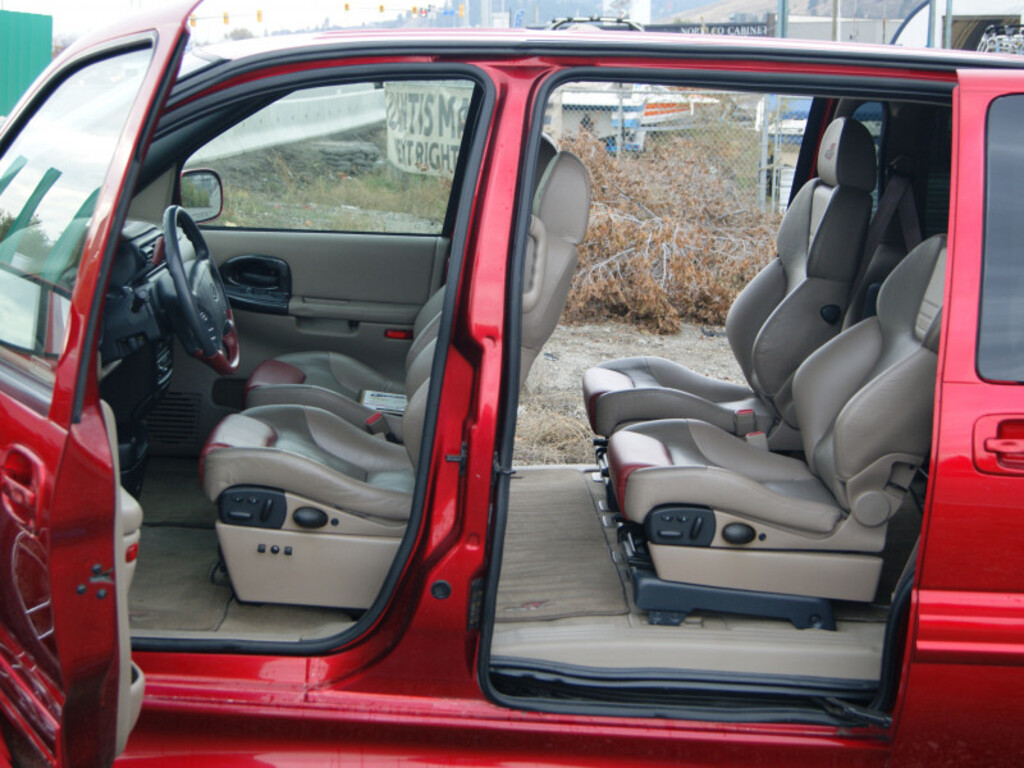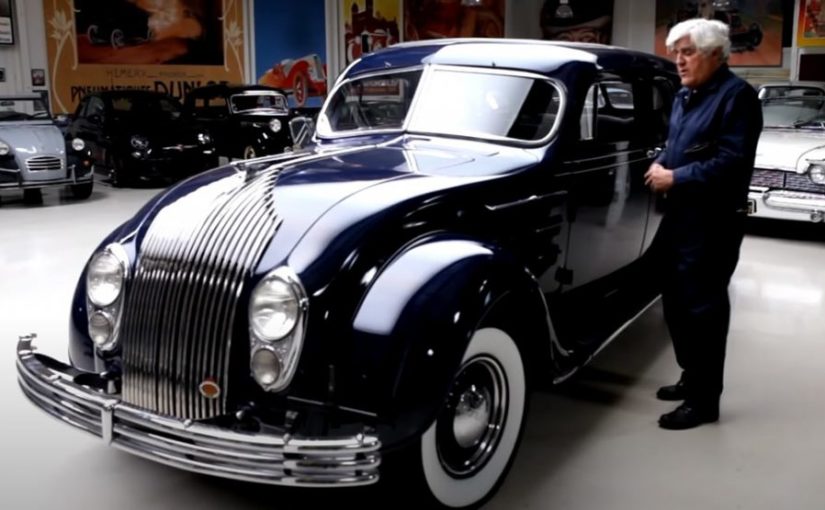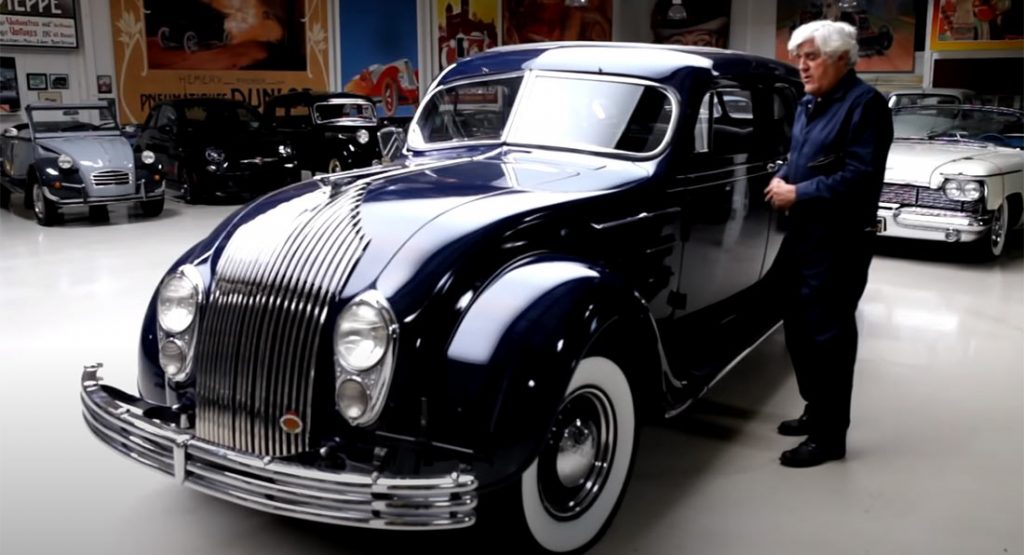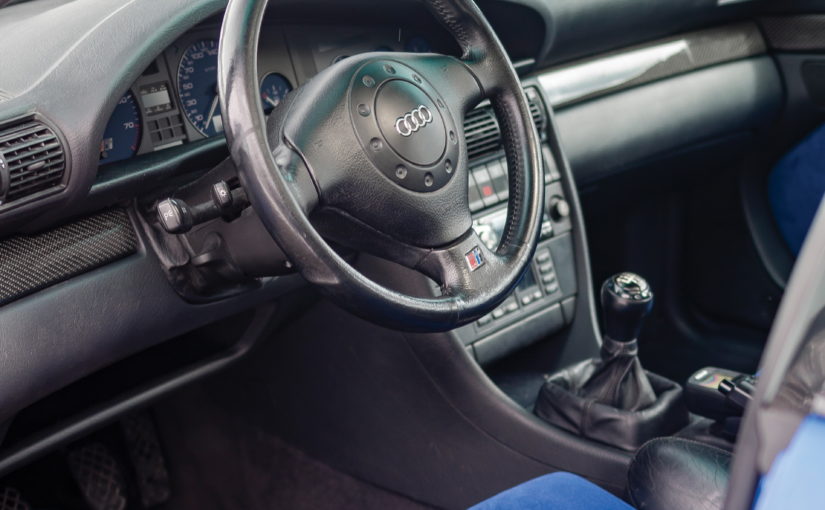Good news: there’s a new SL around the corner. Although we’re yet to see just how the new roadster will look, we’ve been treated to an official reveal of the SL’s cabin, resplendent (or sullied, dependent on how you look at it) with a massive, adjustable, touchscreen. We’ve also had a look at the innards of the SL, as well as some spy shots which reveal a return to the less-complex fabric roof.
The SL has almost been a byword for the luxury roadster lifestyle. And now, ahead of an imminent unveiling, Mercedes has decided to look back at over 65 years of the nameplate.
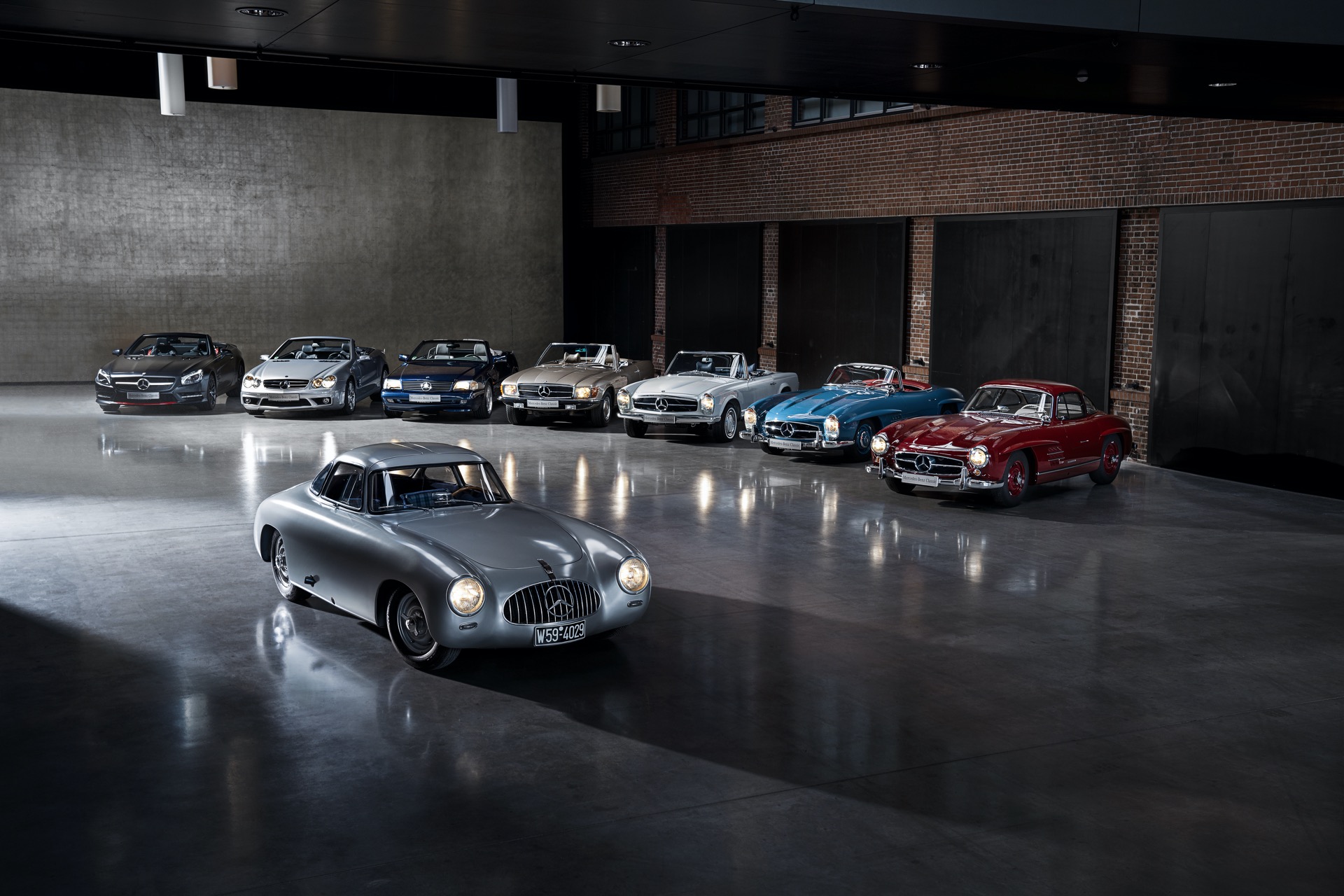
Mercedes-Benz 300 SL Coupe (W198) — 1954 to 1957
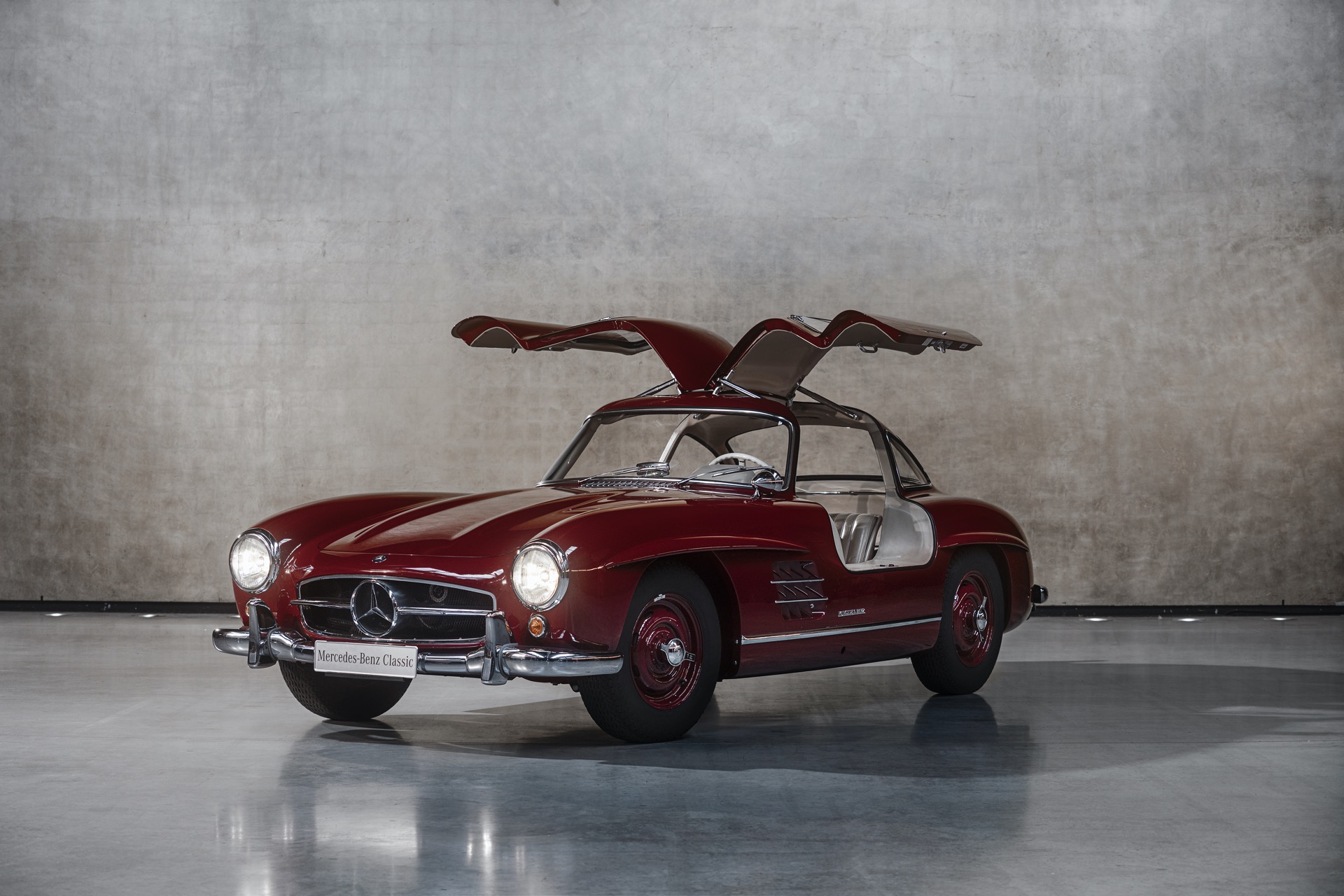
Inspired by the racing 300 SL that was championed in 1952, Mercedes recognized the demand for a production version. Two years later, the W198 was launched at the International Motor Sport Show in New York. It features those iconic gullwing doors, which became a trademark of this SL Class. The M198 engine it sported was designed for the 1953 racing prototype and was capable of producing an impressive 215 hp (219 PS / 163 kW) allowing the 300 SL to reach a peak speed of 161 mph (258 km/h).
Mercedes-Benz 190 SL (W121) —1955 to 1963

The smaller 190 SL offered a more affordable alternative to the exclusive 300 SL, with similar styling, engineering, and fully independent suspension. This two-seater roadster was assigned to the W121 model series and was closely related to the W121/W120 “Ponton” model. Under the hood was a revised 1.9-liter four-cylinder engine that squeezed out 105 hp (107 PS / 77 kW), which translate into a 0–62 mph (0–100 km/h) time of 14.5 seconds on the way to a top speed of 106 mph (170 km/h).
Mercedes-Benz 300 SL (W198) —1957 to 1963

Replacing the gullwing generation was the W198 300 SL roadster. Launched in 1957, it had conventional doors thanks to a modified frame, which reduced the sill height. It also saw an improved rear suspension and, for the first time, a compensating spring. During its production period, it was also kitted with Dunlop disk brakes and an alloy engine block.
See: Take A Look At The 2022 Mercedes-AMG SL Roadster’s Cabin
Mercedes-Benz SL (W113) — 1963 to 1971

Replacing both the 190 SL (W121) and 300 SL Roadster (W198), the new 230 SL (W113) was unveiled at the 1963 Geneva Motor Show. The distinctive concave roofline of the car quickly earned the 230 SL the nickname “Pagoda”. The chassis of the 230 SL was improved and its 2.3-liter inline-six pushed out 150 hp (150 PS/110 kW). The 250 SL, which replaced the 230 SL, was introduced in 1967 and had a 2.5-liter engine with 10 percent greater torque. After a year the 280 SL was offered with an engine that was further enlarged to 2.8 liters with an output of 170 hp (172 PS / 125 kW).
Mercedes-Benz SL R107 — 1971 to 1989

The R107 model series made history by being the first to introduce an eight-cylinder engine to the SL Class, with the SL 350 debuting in 1971, followed by the SL 450 in 1973 and the SL 280 in 1974. These models received a wide range of six and eight-cylinder engines. The crash performance features in these cars were not only carefully designed but were well ahead of their time.
Mercedes-Benz SL R129 — 1989 to 2001
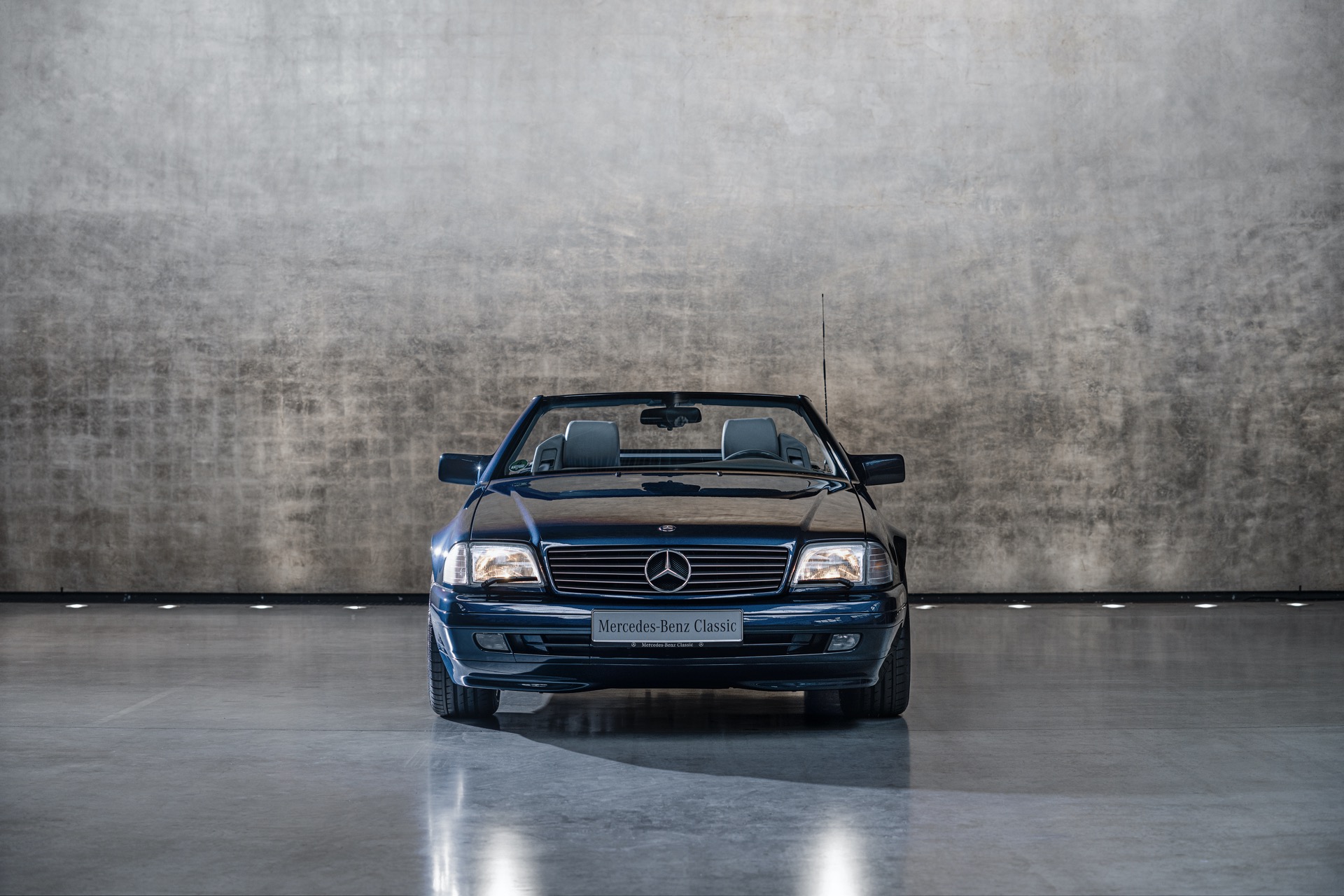
In 1989 Mercedes unveiled the R129 model series, which gained stylish improvements and new safety standards. The more powerful 600 SL (later SL 600) debuted in 1992 and topped the series with a 12-cylinder engine which put out 394 hp (388 PS / 290 kW). It saw several facelifts over the years and a modified engine range with V6s instead of in-line sixes. In 1999, the SL 73 AMG with a 7.3-liter V12 engine that pushed the limits of the time with 525 hp (517 PS / 386 kW) replaced the SL 600.
Mercedes-Benz SL R230 — 2001 to 2012
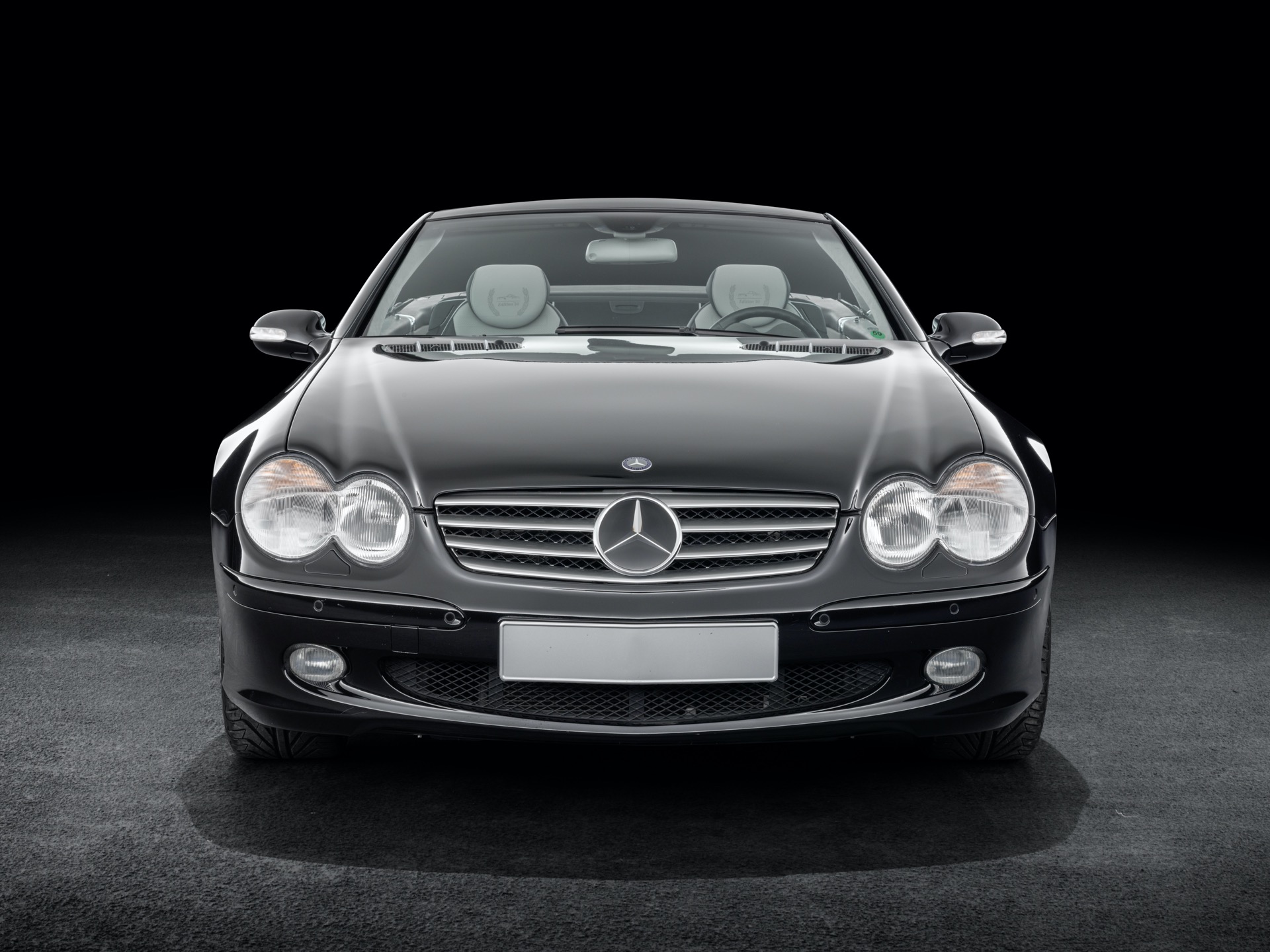
The R230 model series landed in 2001 with innovative technology, improved safety equipment and a new design with callbacks to classic models. Range-topping models of the series include the SL 55 AMG, SL 600, and SL 65 AMG, which had 476, 500 and 612 hp respectively. The 7G-TRONIC seven-speed automatic transmission was made standard from 2006. The SL 63 AMG and SL 65 AMG Black Series were the 2008 facelift’s standout models.
See: Mercedes Says New SL Will Be An AMG GT Roadster Replacement
Mercedes-Benz SL R231 — 2012 to 2020
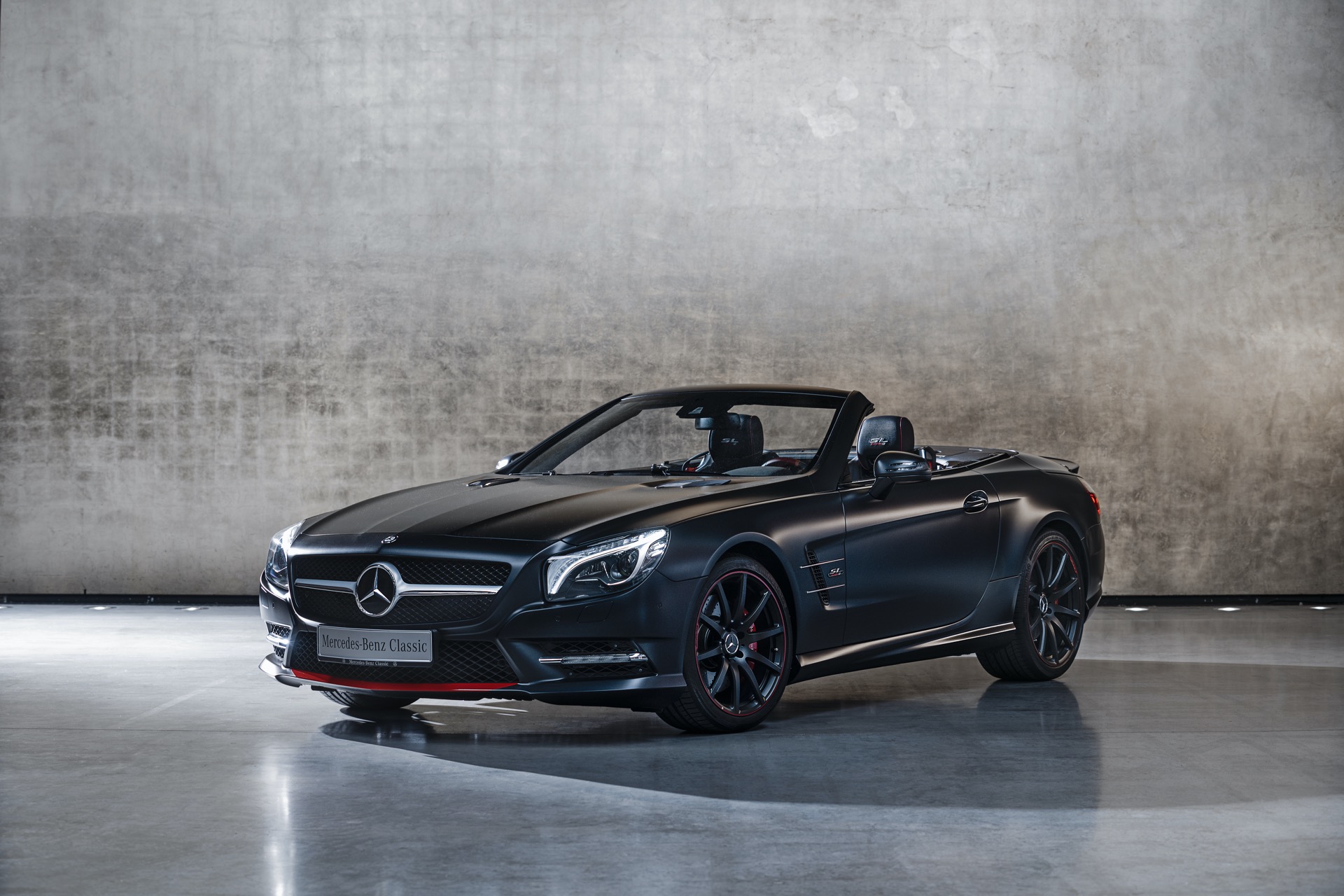
The most recent Mercedes SL, for the 60th anniversary of the SL Class, the R231 series was introduced in 2012 at the Northern American International Auto Show. The SL 500, SL 63 AMG and SL 65 AMG were some of the first models to be launched and were more powerful than their predecessors.
What Do We Know About The New One?
The next SL will not only continue the SL line but effectively replace the AMG GT Roadster, being developed on the same platform as the next-generation AMG GT Coupe. We’ve already seen the first few images of the new SL’s interior, with plenty of design influences present from the new S-Class and AMG GT. Mercedes claims its designers created a “mix of analog geometry and a digital world – called hyperanalog” with inspiration coming from the original 300 SL Roadster of the 1950s.
[embedded content]
Engine options for the 2022 SL Roadster remain under wraps at this stage, but reports suggest that it will be offered with a range of four and eight-cylinder engines. One possibility being touted is for the SL range to be topped out by a plug-in hybrid model with the same powertrain as the upcoming Mercedes-AMG GT 73e PHEV. If that’s the case, it could have as much as 804 hp and 738 lb-ft (1,000 Nm) of torque, no doubt resulting in some incredible performance figures.
PHOTO GALLERY
more photos…
